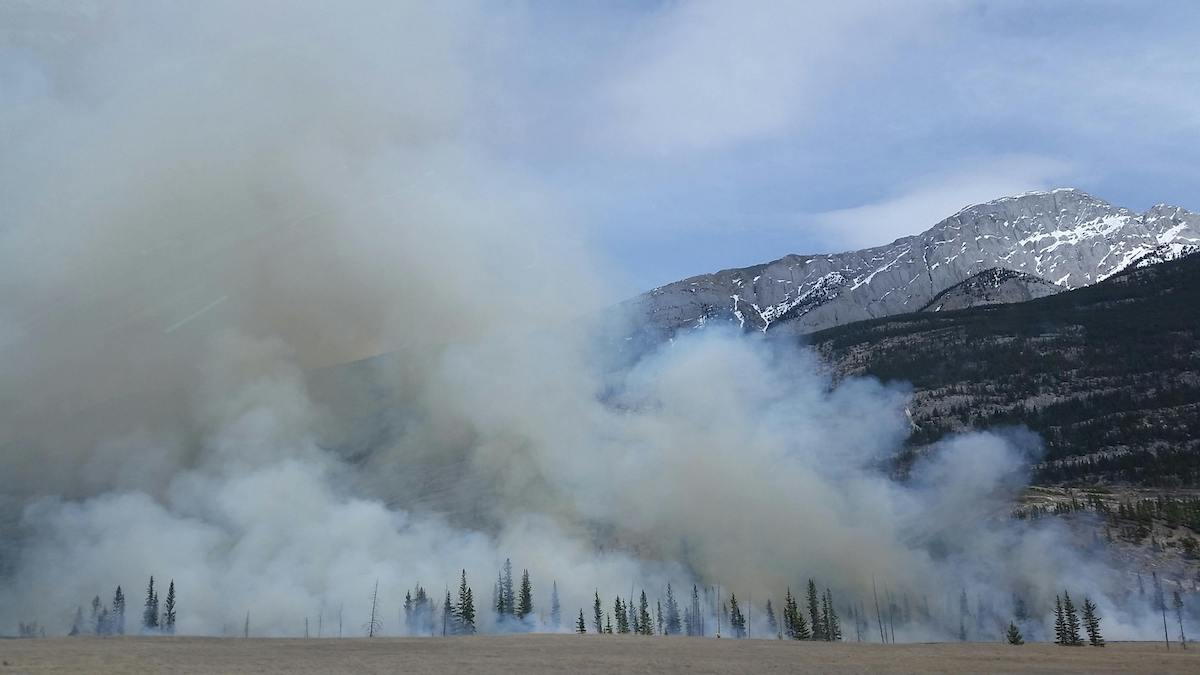Wildfire insurance is crucial for financial protection if your property is damaged or destroyed by a wildfire. However, assuming your standard home insurance policy fully covers wildfire damages can be a costly mistake.

Read: Tips for Finding Affordable Home Insurance
Understanding Wildfire Coverage in Home Insurance
Typically, state-approved home insurance policies include wildfire coverage. However, insurers in high-risk areas are increasingly raising premiums, reducing coverage, or opting not to renew policies due to financial risks.
Importance of Reviewing Your Insurance Policy
“It’s essential to confirm that wildfires are covered in your policy,” advises Ivan O’Neill, CEO of Madronus Wildfire Defense. Checking what is covered and what isn’t helps ensure adequate protection.
Coverage Details in Home Insurance
Home insurance usually covers:
- Structural damage to your home
- Damage to detached structures like garages
- Personal belongings
- Landscaping and debris removal
- Costs related to building code upgrades (optional)
- Living expenses during home unavailability
Note that some items like landscaping and detached structures might not be covered by all policies.
High-Risk States
States like California, Colorado, and Texas have the highest number of homes at risk of wildfires in the U.S.
What Does Your Wildfire Insurance Actually Cover?
Coverage and limits determine what your insurer will pay if a wildfire occurs. Policies generally cover home rebuilding or repair and smoke damage remediation. “Ensure you are not under-insured to avoid shortfalls in rebuilding your home at current market prices,” O’Neill emphasizes.
The Reality of Under-Insurance
A 2022 study by the Colorado Division of Insurance found significant under-insurance in wildfire damages, highlighting the financial risks of inadequate coverage.
Ensuring Sufficient Coverage
Consider these four key types of coverage:
- Replacement Cost Value: Covers rebuilding costs up to a set limit, unlike actual cash value coverage, which deducts for depreciation.
- Guaranteed/Extended Replacement Cost: Offers additional coverage beyond policy limits to account for unforeseen increases in construction costs.
- Building Code Coverage: Provides extra funds to meet current building codes if rebuilding is necessary.
- Loss-of-Use Coverage: Covers living expenses if you are temporarily unable to live in your home.
Additional Protections: Fire Prevention Services
Consider a wildfire response endorsement to enhance your home insurance. Services like removing potential fire fuels and applying fire retardants can be crucial.
Insurance Providers Offering Wildfire Response Coverage
Companies like American Family, Chubb, and USAA offer specialized wildfire response coverage.
Options When Standard Insurance Falls Short
If standard policies are unavailable or insufficient, consider a FAIR plan—state-mandated insurance for high-risk properties. After significant wildfires, some states may impose a moratorium on policy non-renewals to protect homeowners.
Dealing with Non-Renewals
If your policy is non-renewed, you might appeal or seek alternatives like unapproved insurers, although this can be costly.
FAQs on Wildfire Insurance
- Claim Settlement: Typically, you need to file a claim quickly, often within 15 days of the wildfire.
- Claim Denials: Insurers may deny claims if the damage appears exaggerated or if premiums were unpaid.
- Wildfire Smoke Claims: Damage from ash or soot may be claimable through FEMA if your home is near a wildfire.
- Renters Insurance: Most renters’ policies cover wildfire damage, but it’s wise to confirm with your insurer.
While home insurance often covers wildfire damage, living in a high-risk area might necessitate additional coverage to ensure adequate protection and financial stability after a disaster.
